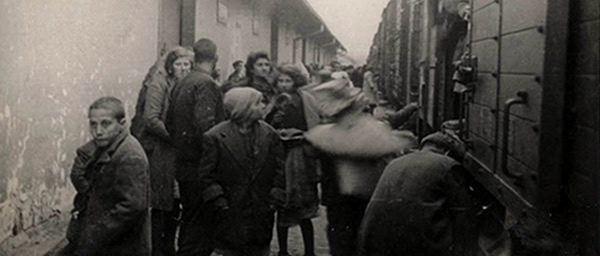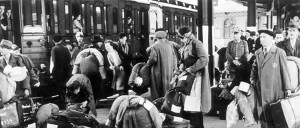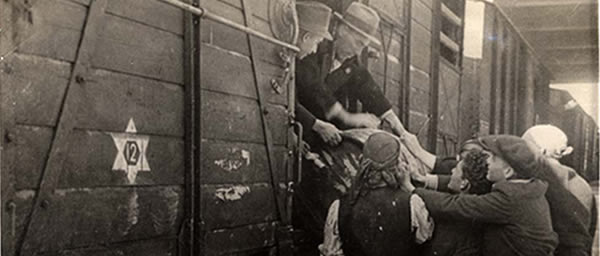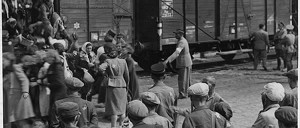Transports to Extinction-Shoah (Holocaust) Deportation Database Project

Telling the Story of Holocaust Deportation

On May 9, 1943, the 17th of 19 trains left from Thessaloniki, Greece to the Auschwitz death camp with 4,500 Jews aboard. The agonizing journey in cattle cars took seven days. The train crossed Macedonia, Serbia, Hungary, Austria and Czechoslovakia before it arrived in Poland.
When the train arrived at Auschwitz on May 16, 466 men and 211 women were admitted to the camp and tattooed with numbers. All the other Jews on the train were murdered in the gas chambers.
The Project
We know about the history of this transport, and many others, from Yad Vashem’s “Transports to Extinction: Shoah (Holocaust) Deportation Database Project,” The Claims Conference has supported this important project since 2007. The database includes Yad Vashem’s research into the deportation of Jews from every Jewish community in Europe during the Holocaust.

The project brings together information about all Holocaust transports. This includes the deportations of Jews to other countries and also to camps inside the country where they lived. The transports are being studied as historic events and not just part of the process to move Jews from one place to another. The research draws from Nazi documents, survivors accounts and studies of deportations done since 1945.
The Website

The website provides information about the movement of Jews from Austria, Belgium, Czechoslovakia, France, Germany, Greece, Italy, Luxembourg and the Netherlands between 1939 and 1945. The site includes dates, maps of train routes, lists of stops, distances between stops, how Jews were transported and what happened to them at the end of the journey.
Survivors Tell Their Stories
An online exhibition has videos of survivors telling the painful stories of being deported from their homes during the Holocaust. The site also has photos of Jews boarding trains, transport lists, and can be searched by a person’s name or by transport details.
With this project, Yad Vashem helps tell the story of the organized and brutal system the Nazis used to force Jews from their homes and send them to sites of mass murder.

